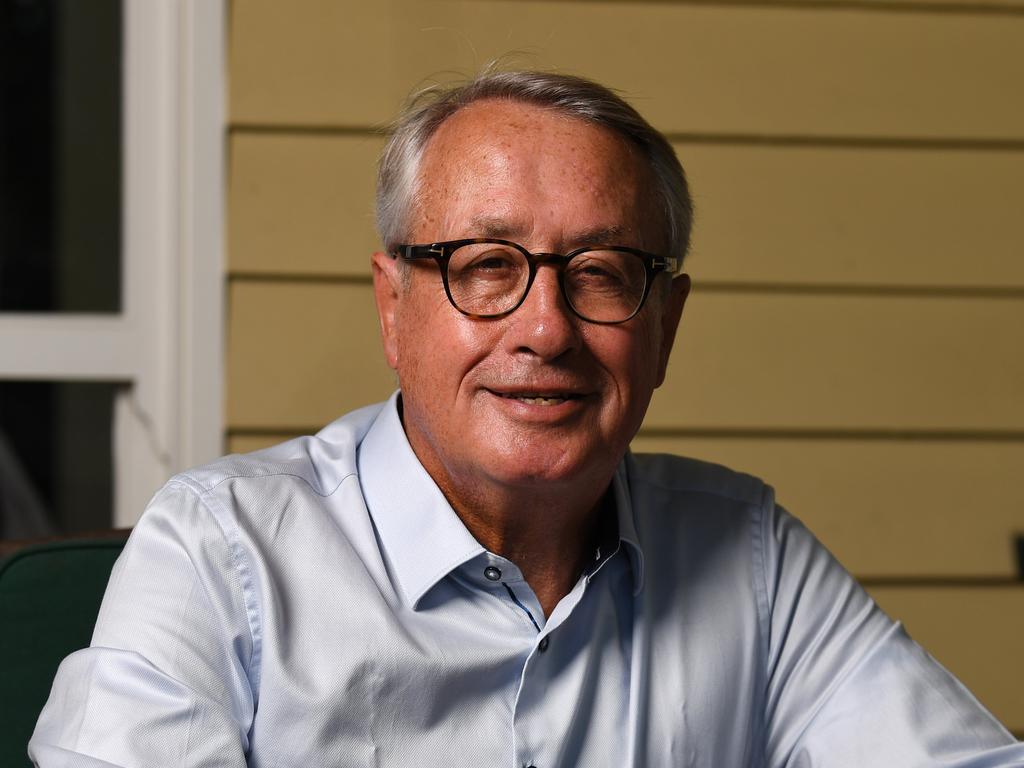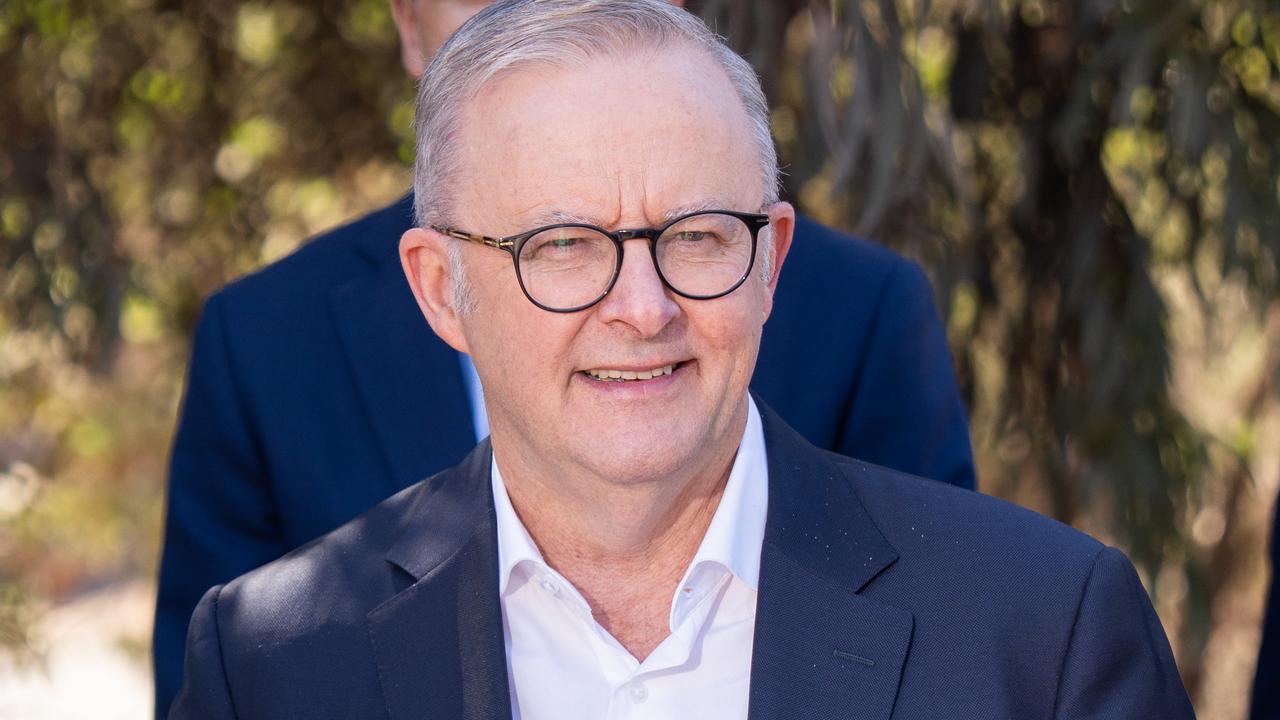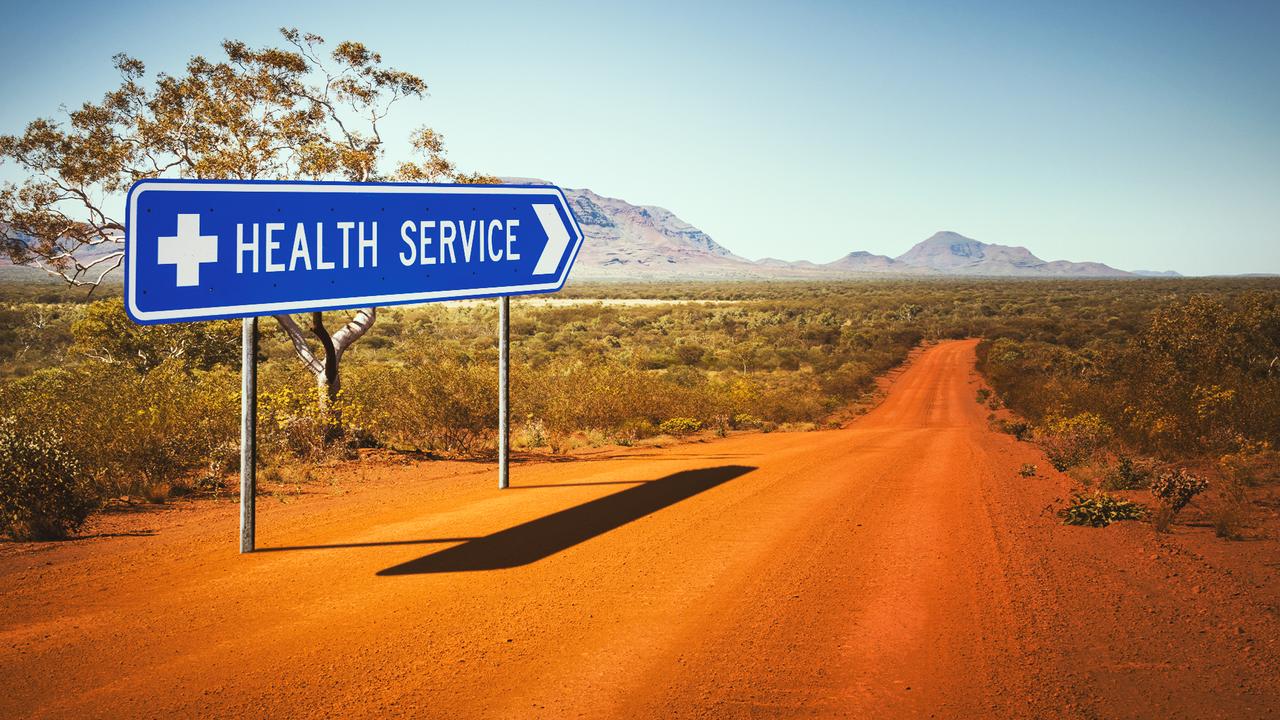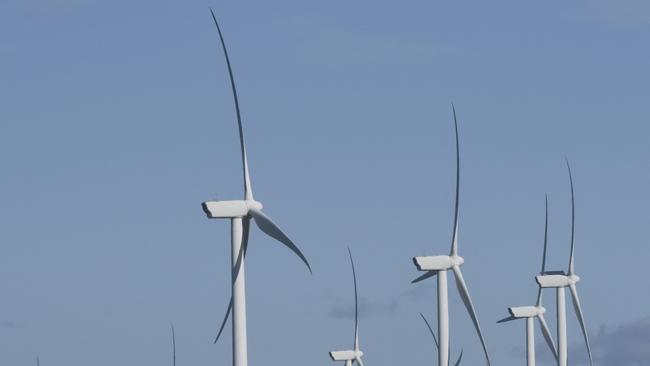
Newly appointed AGL Energy board member Kerry Schott has deep experience in electricity matters. She was chair of the Energy Security Board, which is part of the architecture of the National Electricity Market. She has also been chair of the NSW government’s Net Zero Emissions and Clean Economy Board.
So when she was asked about the federal government’s plan to reduce emissions by 43 per cent by 2030 and for renewable energy to make up 82 per cent of electricity generation, her reply was disquieting: “It may not be possible. But I think we’ve got to try.”
When you realise what’s at stake – reliable, affordable power for households and businesses, including energy-intensive ones underpinning the economy – it was a worrying response. I then spoke to a contact with deep knowledge of the NEM and posed the question: what is Plan B here? His reply is: what is Plan A?
This was a reasonable answer given the many moving parts of the government’s targets and the seeming impossibility of getting there. It is surely ironic it was Climate Change and Energy Minister Chris Bowen who explicitly outlined the numerical challenge in front of transforming the NEM in such a short time frame.
He has told us we will need 22,000 solar panels every day and 40 wind turbines every month for the next eight years. There will also be a requirement for at least 10,000km of additional transmission lines. Over the same period, we will likely see the exit of at least 9000 megawatts of coal-fired generation, including Liddell, Bayswater, Eraring and Yallourn. If the newly elected board members of AGL Energy have their way, this number could be higher again (AGL’s Loy Yang A coal-fired power station in Victoria has a capacity of 2000MW).
You can see why I asked the question about Plan B, in particular given the growing headwinds that are adversely affecting the rollout of renewable energy and the inevitable delays in the construction of new transmission lines facing strenuous local opposition. When it comes to solar and wind installations – equipment is mostly sourced from China – recent cost pressures have been substantial, adding between 20 and 30 per cent. Banks are unwilling to provide finance unless investors can secure longer-term purchase power agreements.
While these agreements provide guaranteed cash flows to investors, any advantages from spikes in the spot electricity market are forgone. In many instances, returns for investors are less than stellar and there is growing interest in securing preferential government finance; through the Clean Energy Finance Corporation, for instance. The bottom line is there is diminishing enthusiasm among investors for many renewable energy projects. Bowen and the Victorian government are placing great weight on the potential for offshore wind turbines as the solution to the impasse. But offshore turbines are four to 10 times more expensive to install than onshore ones. It’s not clear that the slightly higher capacity factor – the amount of power generated relative to fully rated capacity – of offshore compared with onshore is sufficient to justify the difference in costs. Typical figures for capacity factors are 35 per cent for offshore and 30 per cent for onshore.
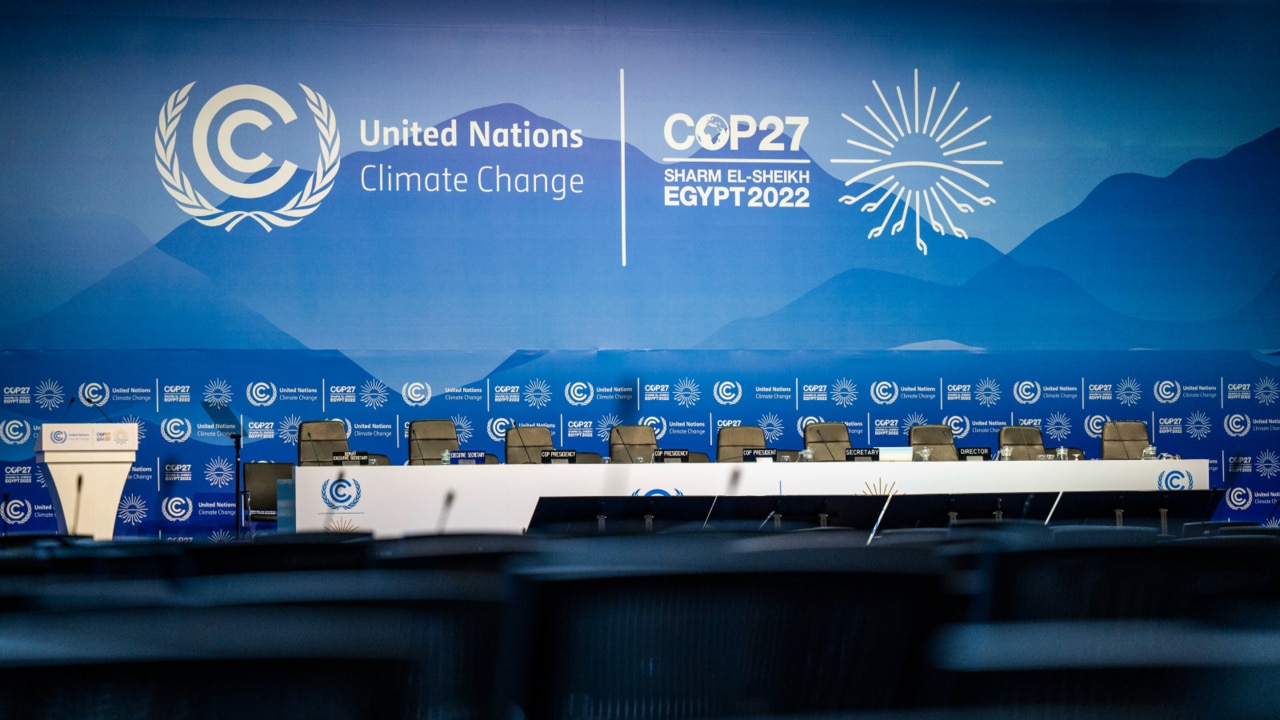
I also need to mention the delays and cost blowouts affecting the completion of Snowy 2.0, the pumped hydro project, as well as the problems in securing the additional transmission required for the project to be fully operational. The timing of the commissioning of the important Kurri Kurri gas plant in the Hunter – a plant that will provide crucial firming for renewable energy – is also uncertain given the minister’s insistence it run partly off hydrogen even though there are no sources of hydrogen in the area.
Even with the best of intentions it is highly unlikely the decarbonisation plans for the NEM for the period ending in 2030 can be achieved. There are too many uncertainties; the cost pressures are considerable and worsening; and there is a widespread shortage of suitable workers. Alternative strategies need to be devised in the event of a lack of progress.
Arguably this potentially calamitous planning has been made worse by the states going their own way. South Australia was early off the mark in pushing subsidised renewable energy, although its utter dependence on coal-fired electricity from Victoria to ensure demand in the state is met rather gives the game away. The fact the state had to invest in a bank of expensive, standby diesel generators after the whole state lost power in 2016 is illustration of what a Plan B could entail.
Victoria is pushing on with its ambitious emissions reduction targets while undertaking a side deal with Energy Australia to keep its Yallourn coal-fired power station in operation until 2028. (The details of this deal remain hidden from the public, but the costs are almost certainly being borne by the taxpayers.) Offshore wind is now seen as the answer to the government’s prayers, and sites have been located. Gas extraction, even using conventional techniques, remains verboten although the Liberal Party is more enthusiastic than Labor.
Queensland has recently released an energy plan that has all the hallmarks of being devised by political advisers without any real knowledge of how the electricity grid works. In addition to the early closure of the government-owned coal-fired power plants, there is a plan – better call it a dream – to build the largest pumped hydro scheme in the world, outside Mackay. We are to believe it will be operational by 2032 with all the additional transmission lines (from a hurricane-prone region) in place as well.
NSW has its renewable energy zones but is very vulnerable in the event of the closure of the largest coal-fired plant, Eraring, in 2025.
It’s very easy for all this to end in tears as investments don’t go according to plan and costs blow out. The wholesale price of electricity has already tripled from 2021 and is expected to stay high for at least another two years. All those new transmission lines will be paid a guaranteed rate of return that ensures prices remain high after that.
The modelling Labor used to justify its policy platform was never up to scratch, failing to take into account the risks that turn its conclusions on its head. Electricity prices are not going down, there are likely to be many jobs lost as a result – don’t forget, half of the modelled job gains were because of the assumed lower prices – and interruptions to our electricity supply may become common. We should expect our political leaders to minimise the risks and safeguard our wellbeing by devising a well-considered and implementable Plan B now.





